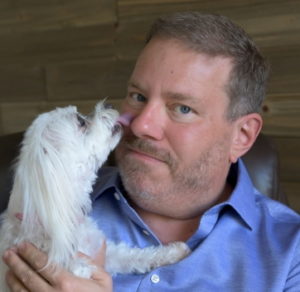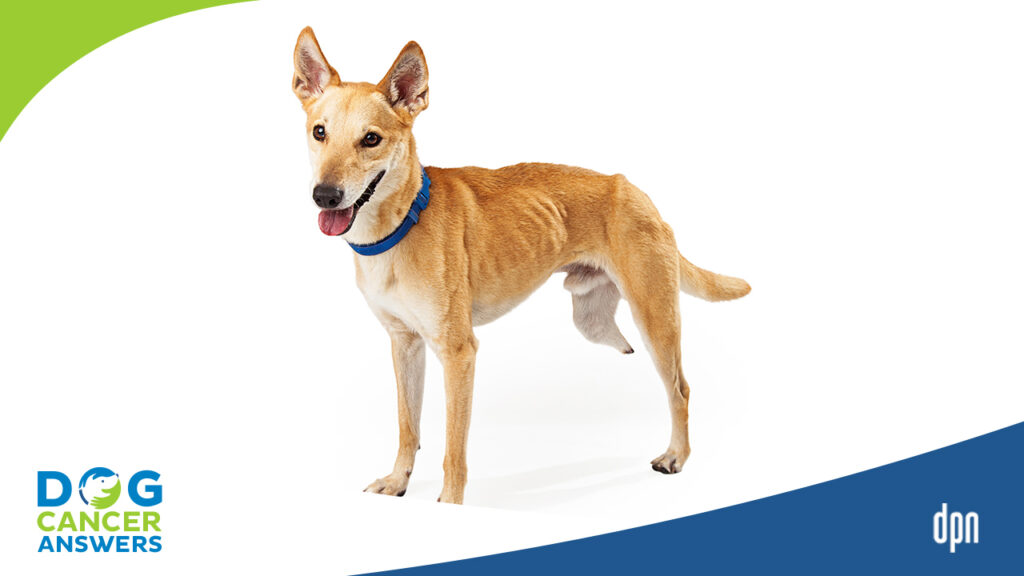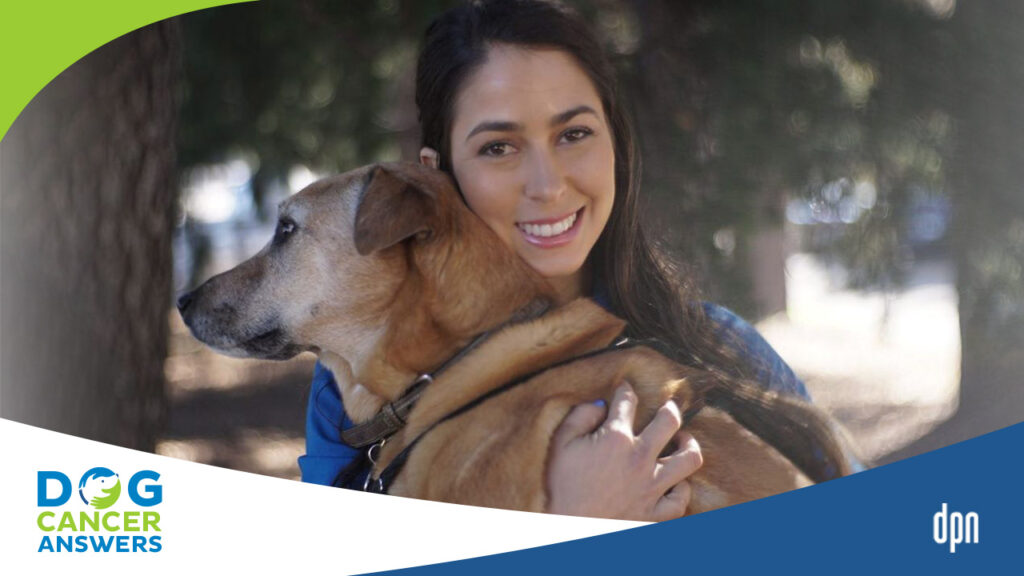James Jacobson: If your dog has been diagnosed with Osteosarcoma, you may have heard that it’s time to amputate. I’ll just throw it to our Veterinarians, Dr. Dressler in Hawaii, and Dr. Ettinger in New York and talk about the possibility of amputating a limb when you have an Osteosarcoma diagnosis. Which of you would like to take that first?
Dr. Demian Dressler: You wanna go for it Sue?
Dr. Susan Ettinger: Sure, you want me to go first?
Dr. Demian Dressler: Why not?
James Jacobson: Sure! Dr. Ettinger, what do you think about a surgery for Osteosarcoma?
Dr. Susan Ettinger: So, Osteosarcoma is an aggressive cancer in two ways. I think it’s really important for that to understand that before you go in for the surgery because the surgery is only gonna deal with half of the cancer. So, for most malignant cancers we talk about two things, the local disease which is in the primary bone for this cancer where it is growing. At the shoulder joint, or the knee joint, it’s not at the joint but one of the bones in that area. So, that’s the local disease and so amputation is gonna deal with local disease. Again, the cancer growing in the bone, but again, we’re also gonna have to think about the systemic disease which is that cancer spreading. But for the local disease, amputation is a good option because it will completely remove that dog’s cancer in most situations when it’s on the limb of the dog. It’s really radical and I can sit here and really comfortably talk about it. But I know, owners come in their head swirling, “How do I possibly remove a leg from my dog. Most dogs do really well; we belovedly call those dogs’ tripawds, which sound a little bit funny. But dogs get along really well, and I think one of the cool things about treating dogs and cats with cancer is that they don’t necessarily deal with all the emotional baggage that we as their guardians do. They will obviously deal with some pain in the surgical time period that we can control with injectable pain medications. But after that, most dogs don’t really look back and adapted very well. So, I think an amputation is a very good way to deal with a very painful bone tumor to remove the tumor completely from the dog.
James Jacobson: Dr. Dressler?
Dr. Demian Dressler: Yeah, it’s such a heart-rending proposition for your average guardian. It’s so difficult to contemplate because the truth of it is, it is a radical procedure. It feels almost barbaric. “How am I going to put my dog through this? Chop off a leg? It sounds like inconceivable now that is unless you start to interact with those on three legs. As soon as you become familiar with dogs who walk around on three legs, it may seem almost impossible to contemplate. But, in our position as Veterinarians and Oncologists, we see dogs on three legs all the time. We can say very, very safely, that a dog on three legs can have a fabulous life quality, an excellent life quality. As Dr. Ettinger pointed out, they do not have the baggage in the mind that accompanies removal of a limb, that’s our problem. They are not bothered by it particularly. The other thing to remember is dogs have four legs, and humans have two legs. They still have three legs, they don’t need crutches, they don’t need wheelchairs, they can move around just fine. A couple of days…
Dr. Susan Ettinger: Well they run, they run, they swim. I’ve had dogs still herd sheep. Some of these dogs run faster than some of the dogs with four legs that I know. Some of these dogs are just absolutely amazing.
Dr. Demian Dressler: Absolutely! As a matter of fact, recently, I was down on the beach and I was so pleased with this dog running around in the water and on the sand. Three weeks before I had amputated that dog’s leg. There it was, enjoying the beautiful sky and the beautiful water happy as can be. So the hang up with the three legs versus the four legs is in the mind of the person. As long as we can make sure that the pain is controlled properly, we’ve got a good surgeon doing the procedure, we’ve taken the steps that we need to gather the information for ourselves so we know what to expect on the horizon. We’ve done it properly the technical elements of the procedure. The aftermath for the dog is nowhere near as bad as it is as we would imagine in 99.99% of the dogs out there.
Dr. Susan Ettinger: I think, just to add is that most of the dogs, the majority of dogs that develop Osteosarcoma are middle-aged and older dogs. Most of those dogs have pre-existing Osteoarthritis so a lot of these dogs people are concerned that my dog has arthritis so how are they gonna be okay on three legs. The majority of that, even the dogs with some pre-existing Arthritis, do absolutely great as on three legs and I think that’s really important to know.
James Jacobson: Awesome information. Dr. Ettinger in New York, Dr. Dressler in Hawaii, thank you so much.
Dr. Susan Ettinger: Thank you.
Dr. Demian Dressler: Thank you.












